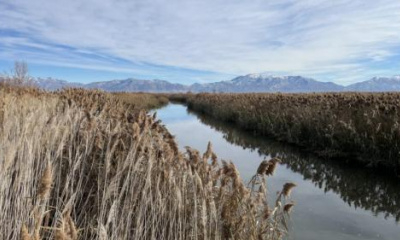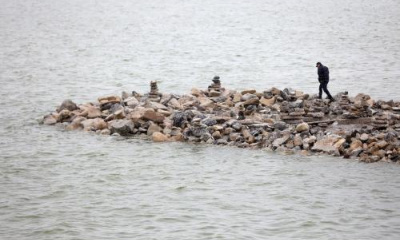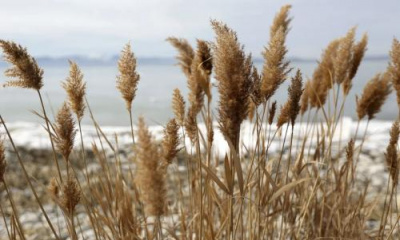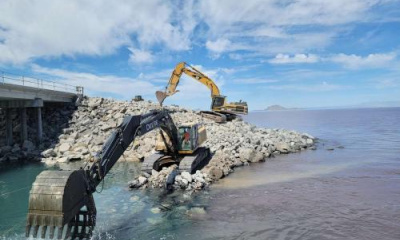A recently completed yearlong analysis probed how water moves through the Great Salt Lake basin and how to better understand what improvements need to manage the finite resource.
The study was done by the Utah Division of Water Rights and Utah State University and is termed the “Measurement Infrastructure Gap Analysis in Utah’s Great Salt Lake Basin.”
The document provides what analysts say is a comprehensive inventory and analysis of existing diversion and stream measurement infrastructure along 19 primary river systems, as well as a preliminary investigation of measurement infrastructure gaps around the Great Salt Lake.
The Great Salt Lake basin, which encompasses more than 21,000 square miles, collects rain and snow that falls in the Bear River, Weber River, Jordan River, Utah Lake and the Utah West Desert basins.
Addressing the identified gauging and infrastructure gaps would give broader access to water data and facilitate greater stakeholder transparency by providing more accurate and timely information about diversions, stream flow, and other hydrologic conditions, the group said. The results of the gap analysis will also enable the state engineer to make informed decisions that promote flexibility and wise stewardship of Utah’s water resources.
As part of the study, USU researchers and division staff worked with stakeholders within the watershed to compile comprehensive documentation of existing water diversions, stream gauges and other water measurement infrastructure affecting the basin.
The idea was to identify areas and opportunities to improve how water is measured, understood and managed.
“One major discovery was the need for more measurement infrastructure directly adjacent to the Great Salt Lake,” said Utah Deputy State Engineer Blake Bingham, who was part of the study as a representative from the Division of Water Rights. “This information is critical in developing a better understanding of the requirements associated with the myriad of uses in, and immediately around, the lake.”
The pressing needs of the Great Salt Lake
While the Great Salt Lake has been a focus of attention for years from advocates and some policymakers involved in discussions, it reached a crisis point after it receded to historic lows and its islands began connecting with the mainland because of dwindling levels.
The water experts and engineers say it is not enough to simply say it needs more water; the greater question is where the water is needed and how much is sufficient.
Troubles faced by the world’s eighth largest terminal saline lake are not unique. Saline lakes around the globe are drying up.
As a result of the Great Salt Lake’s situation, water scarcity, Utah’s population growth and increasing challenges posed by drought, Utah lawmakers have passed reformative laws and directed money at water conservation in the state.
The state Legislature set up the Office of the Great Salt Lake Commissioner and selected as its representative Brian Steed, who has a long history in natural resources.
Earlier this year, the state’s first comprehensive strategic plan was released and is designed to help the health of the Great Salt Lake.
The gap analysis released Thursday can be found here.









